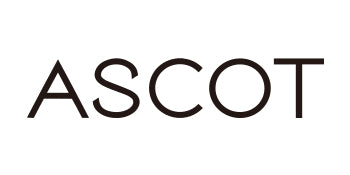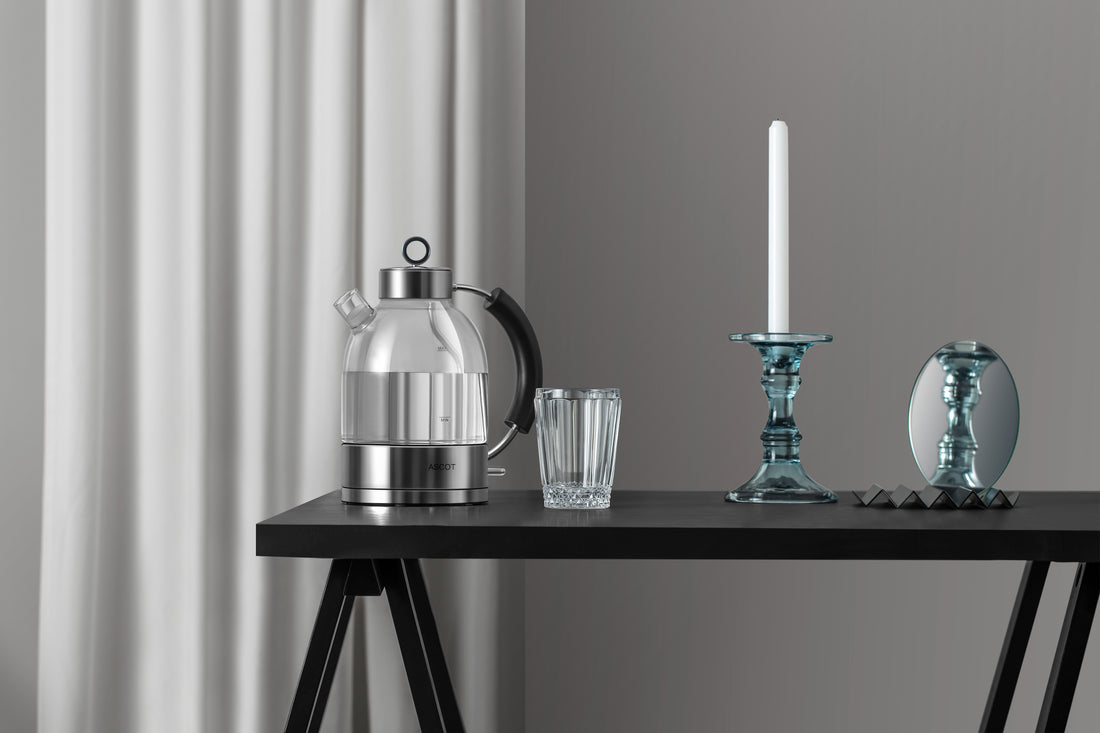Introduction: The Revolution of On-Demand Hot Water
In the annals of kitchen appliances, few have undergone such a transformative journey as the electric kettle. Its inception marked a pivotal shift in our approach to hot water, bringing about an era where convenience reigned supreme.
The pace of the modern world is unrelenting. Morning routines are pressed for time, with many scrambling to brew that perfect cup of tea or coffee before dashing out the door. Enter the electric kettle. A paragon of efficiency, its rise has been nothing short of meteoric. In a society that prizes instant results, the electric kettle's promise of on-demand hot water has solidified its place as an indispensable household fixture.
A Glimpse into the Electric Kettle's Rich History
The story of the electric kettle is as fascinating as it is transformative. Stemming from the late 19th century, its evolution was driven by society's ever-growing demand for convenience and efficiency. Initial versions were mere adaptations of their stovetop counterparts, albeit with electric components. Over the decades, design innovations and technological advancements molded them into the sophisticated and efficient devices we know today.
Electric vs. Stovetop: A Comparative Look at Kettles
When juxtaposing electric kettles with traditional stovetop versions, the distinctions are clear. While stovetop kettles have their nostalgic charm and can be a centerpiece in some kitchens, electric kettles stand out in terms of speed, precision, and energy efficiency. Modern electric kettles often come with features like precise temperature control and rapid boil, making them a preferred choice for many in our time-pressed society. The convergence of technology and design in electric kettles signifies not just an evolution of an appliance, but a reflection of changing lifestyle needs.
The Electrifying Relationship: How Electricity Transforms Water
When you flick the switch on your electric kettle, a complex yet fascinating process begins. The electricity flows through the device, targeting the water within. This interaction is not just about providing energy but converting electrical energy into heat. It’s this heat that brings your water to a boil, ready for your tea or coffee.
Unraveling the Heating Phenomenon in Electric Kettles
At the heart of every electric kettle lies its heating element – usually a coil or metal plate. When electricity courses through it, the element resists the flow, producing heat due to the Joule heating effect. This process ensures that most of the electrical energy is efficiently converted into the heat required to boil your water.
Heat Transfer within the Kettle: A Seamless Dance of Energy
Understanding heat transfer in electric kettles is akin to appreciating a well-choreographed dance. As the heating element warms up, it conducts this heat to the surrounding water. This process of conduction ensures an even and efficient distribution of heat throughout the kettle, optimizing the time it takes to bring water to the desired temperature.
The Race to Boil: How Fast Do Electric Kettles Really Heat Water?
In today's fast-paced world, waiting can seem tedious. And when it comes to boiling water, the electric kettle stands out as a champion. Compared to traditional methods, electric kettles are engineered to boil water at a noticeably faster rate. This rapid heating capability is a testament to their superior design and technology, making them an indispensable ally in our daily routines.
Power Conservation: Unpacking the Energy Efficiency of Electric Kettles
Beyond mere speed, electric kettles excel in energy conservation. Their design ensures minimal heat loss, directing the majority of the energy straight to the water. This not only reduces overall power consumption but also translates to lower energy bills over time. In an era that's increasingly energy-conscious, the electric kettle's energy efficiency is a boon for both the environment and our wallets.
Scientific Exploration: What Experiments Say About Electric Kettle Heating Efficiency
Several experiments have delved into the heating dynamics of electric kettles. These studies consistently highlight their effectiveness in maintaining consistent temperatures and maximizing energy use. With advanced models even offering variable temperature settings, the precise control over heating further accentuates their efficiency, ensuring that every drop of water reaches the perfect temperature.
The Power of Instant Gratification: Benefits of On-Demand Hot Water
In a world that increasingly values immediacy, the electric kettle responds with its promise of on-demand hot water. This instant access not only streamlines kitchen tasks but also caters to our contemporary lifestyle, where every minute counts. Whether it's a quick brew of tea or prepping a meal, the electric kettle's efficiency remains unrivaled.
Weighing the Scales: Electric Kettle Pros and Cons
Pros:
- Speed: Outpaces traditional boiling methods.
- Energy Efficiency: Directs energy right where it's needed, reducing power wastage.
- Convenience: Simple to use, with features like auto shut-off.
Cons:
- Durability Concerns: Some models may not be as long-lasting as traditional kettles.
- Taste Alteration: Certain materials, especially plastic, might impart an off-taste to the water.
- Environmental Impact: Unless recycled, broken electric kettles can contribute to e-waste.
Safety remains paramount, and modern electric kettles are testament to this principle. Features like automatic shut-off kick in once water reaches boiling, preventing dry-run scenarios. Additionally, many models come with boil-dry protection and thermal cutoffs, safeguarding against potential overheating. These in-built mechanisms not only ensure the longevity of the appliance but also prioritize user safety.
Eco Footprint: Assessing the Environmental Impact of Electric Kettles
Electric kettles have undeniably made our lives more convenient, but what's their toll on the environment? On the plus side, their energy efficiency can mean reduced power consumption compared to traditional boiling methods. However, there's also an e-waste concern. Many kettles, especially those not designed for durability, end up discarded, contributing to the growing electronic waste problem. The challenge is striking a balance: seeking out sustainably made, long-lasting models that decrease the frequency of replacement.
A Modern Brew: How Electric Kettles Shape Our Tea and Coffee Rituals
Tea and coffee rituals have evolved over centuries, and the electric kettle has added a modern twist. Speed, precision, and convenience define today's brewing experience. With electric kettles, tea enthusiasts can easily achieve desired water temperatures for specific tea types, from delicate whites to robust blacks. Coffee aficionados too benefit, with rapid heating enabling quick brews, be it for a pour-over or a French press. The electric kettle's influence is undeniable, turning age-old brewing traditions into a seamless blend of tradition and modernity.
The Invaluable Role of Electric Kettles in Contemporary Life
As we've journeyed through the history, mechanics, pros, cons, and environmental impacts of electric kettles, one truth remains evident: these devices have woven themselves into the very fabric of our daily routines. They embody the spirit of the modern age — a time where efficiency, convenience, and rapidity are paramount. Beyond just being a household appliance, electric kettles stand as a testament to humanity's drive to enhance, innovate, and streamline. In a fast-paced world that waits for no one, the electric kettle ensures we don’t have to wait for our water. Embracing both tradition and innovation, these kettles are not just tools; they're a reflection of our ever-evolving lifestyle.

